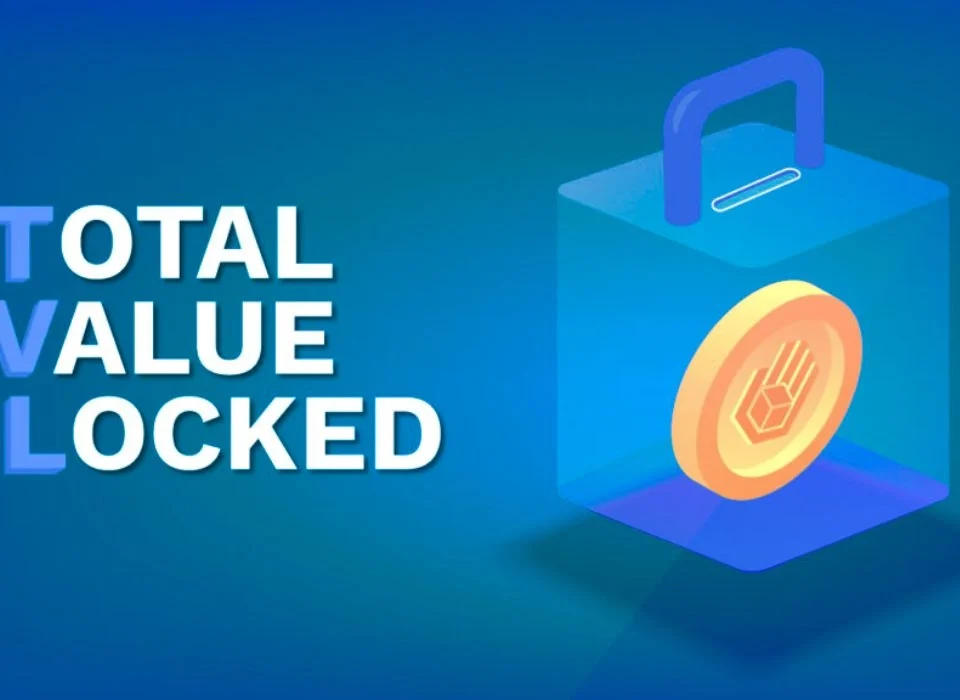
The Role of Blockchain in Voting Systems
06/08/2024
What is Blockchain
10/08/2024The Role of Blockchain in Intellectual Property Management
Intellectual property (IP) is a critical asset for individuals, businesses, and creative industries, providing legal protection for innovations, creative works, and brand identity. However, managing intellectual property effectively has always been a complex challenge, plagued by issues such as unauthorized use, piracy, and disputes over ownership. Blockchain technology, with its decentralized, immutable, and transparent nature, offers innovative solutions to many of these challenges. This article explores the role of blockchain in intellectual property management, examining its benefits, use cases, challenges, and future prospects.
Introduction to Blockchain Technology
What is Blockchain?
Blockchain is a decentralized digital ledger technology that records transactions across a network of computers. Each transaction is stored in a block, and once verified, the block is added to a chain of previous transactions, forming a secure and immutable record. Key characteristics of blockchain include decentralization, transparency, immutability, and security.
How Blockchain Works
Blockchain transactions are verified by consensus mechanisms, such as proof of work (PoW) or proof of stake (PoS). These transactions are then recorded in blocks, which are cryptographically linked to the previous block, ensuring that the data cannot be altered or tampered with. This makes blockchain an ideal solution for managing records that require trust, security, and transparency, such as intellectual property rights.
Benefits of Blockchain in Intellectual Property Management
Proof of Ownership
Blockchain can provide indisputable proof of ownership for intellectual property assets by recording them on an immutable ledger. Once an IP asset is registered on a blockchain, the ownership record is permanently recorded and can be independently verified by anyone. This can prevent disputes over IP ownership and ensure that creators are properly recognized for their work.
Timestamping and Prior Art
Blockchain’s timestamping capability allows creators to prove the exact date and time of the creation of their intellectual property. This can be crucial in cases where the originality of a work is challenged. By recording prior art on the blockchain, creators can establish precedence, making it easier to defend against claims of infringement.
Transparency and Traceability
Blockchain provides a transparent and traceable system for managing intellectual property rights. All transactions related to an IP asset, such as transfers of ownership, licensing agreements, and renewals, can be recorded on the blockchain. This transparency ensures that all parties involved in the IP lifecycle have access to the same information, reducing the risk of fraud and unauthorized use.
Smart Contracts for Licensing
Blockchain enables the use of smart contracts to automate and enforce licensing agreements. Smart contracts are self-executing contracts with the terms of the agreement directly written into code. When certain conditions are met, the contract automatically executes the agreed-upon actions, such as releasing payments or transferring rights. This can simplify licensing processes, reduce administrative costs, and ensure that creators are compensated fairly.
Global IP Management
Blockchain’s decentralized nature makes it possible to manage intellectual property rights across different jurisdictions seamlessly. This is particularly valuable for creators and businesses operating in multiple countries, as it provides a unified platform for managing and enforcing IP rights globally.
Reducing IP Infringement and Piracy
By providing a secure and transparent record of ownership and rights, blockchain can help reduce IP infringement and piracy. Unauthorized use of IP can be easily detected and traced on the blockchain, making it easier to enforce legal actions against infringers.
Use Cases of Blockchain in Intellectual Property Management
Copyright Protection
Blockchain can be used to register and manage copyrights for creative works such as music, literature, art, and software. Artists and creators can register their works on the blockchain, providing a permanent record of ownership and creation date. This can help protect against unauthorized use and ensure that creators receive proper recognition and compensation.
Example
- Ascribe: A blockchain platform that allows artists to register and track the ownership of their digital creations, ensuring that they retain control over their work.
Patent Management
Blockchain can streamline the patent filing process and provide a transparent record of patent ownership and transfer. By recording patents on a blockchain, inventors can establish a clear timeline of their inventions and secure their rights more effectively.
Example
- IPwe: A blockchain-based platform that leverages AI and blockchain to manage patents, providing tools for patent analytics, transactions, and licensing.
Trademark Protection
Blockchain can be used to register and manage trademarks, providing a secure record of brand ownership and usage. This can help businesses protect their brand identity and combat counterfeit goods by ensuring that only authorized products carry the trademark.
Example
- Proof of Existence: A blockchain service that allows users to register digital documents, including trademarks, providing proof of existence and ownership.
Music and Media Rights Management
Blockchain can revolutionize the music and media industries by providing a transparent and efficient system for managing rights and royalties. Artists can register their works on a blockchain and use smart contracts to automate royalty payments, ensuring that they are paid fairly and promptly.
Example
- Ujo Music: A blockchain platform that enables artists to manage and distribute their music, using smart contracts to automate payments and ensure transparency in royalty distribution.
Digital Content Licensing
Blockchain can simplify the process of licensing digital content, such as images, videos, and software. Creators can register their content on the blockchain and use smart contracts to manage licensing agreements, ensuring that their work is used according to the agreed-upon terms.
Example
- KodakOne: A blockchain platform that provides a digital rights management system for photographers, allowing them to register their images and manage licensing agreements.
Challenges of Implementing Blockchain in Intellectual Property Management
Legal and Regulatory Issues
Blockchain technology operates across borders, but intellectual property laws vary by jurisdiction. Ensuring compliance with different legal frameworks can be challenging, and the lack of standardized regulations for blockchain-based IP management could hinder its adoption.
Scalability
Blockchain networks can face scalability issues, particularly when handling large volumes of transactions. Managing intellectual property rights on a global scale requires a system that can handle high throughput, and current blockchain technologies may need to evolve to meet these demands.
Adoption and Integration
For blockchain to be effective in IP management, it requires widespread adoption and integration with existing systems. Convincing stakeholders, including governments, businesses, and IP offices, to adopt blockchain solutions can be challenging, particularly if they are accustomed to traditional methods.
Security and Privacy Concerns
While blockchain is secure, it is not immune to attacks. Additionally, the transparency of blockchain could raise privacy concerns, particularly if sensitive IP information is made publicly accessible. Balancing transparency with privacy protection is essential for the successful implementation of blockchain in IP management.
Technical Expertise
Implementing and managing blockchain solutions requires significant technical expertise. Organizations may face challenges in finding skilled professionals to develop, deploy, and maintain blockchain-based IP management systems.
Future Prospects of Blockchain in Intellectual Property Management
Standardization and Regulation
As blockchain technology matures, the development of standardized protocols and regulatory frameworks will be crucial for its widespread adoption in IP management. Collaboration among governments, international organizations, and industry stakeholders will be essential to create a consistent legal and technical environment.
Integration with Emerging Technologies
Blockchain is likely to be integrated with other emerging technologies, such as artificial intelligence (AI) and the Internet of Things (IoT), to enhance IP management. AI can be used to analyze and automate IP-related tasks, while IoT devices can provide real-time data for smart contracts, enabling more dynamic and responsive IP management systems.
Expanding Access to IP Protection
Blockchain has the potential to democratize access to intellectual property protection, particularly for creators in developing countries or those with limited resources. By providing a decentralized and low-cost platform for registering and managing IP rights, blockchain can empower more individuals and small businesses to protect their innovations and creations.
Enhanced Collaboration and Innovation
Blockchain can facilitate greater collaboration among creators, businesses, and researchers by providing a secure and transparent platform for sharing and licensing intellectual property. This could lead to more open innovation and the development of new products and services.
Decentralized IP Marketplaces
The future may see the emergence of decentralized IP marketplaces, where creators can directly license or sell their intellectual property to interested parties. These marketplaces could use blockchain to provide secure and transparent transactions, reducing the need for intermediaries and increasing the efficiency of IP transactions.
Conclusion
Blockchain technology has the potential to revolutionize intellectual property management by providing secure, transparent, and efficient solutions for registering, managing, and enforcing IP rights. Its applications span various industries, from copyright protection and patent management to music rights and digital content licensing. Despite challenges related to legal and regulatory issues, scalability, and adoption, the future of blockchain in IP management looks promising. As the technology continues to evolve and mature, it will play an increasingly important role in protecting and monetizing intellectual property, fostering innovation, and ensuring that creators and businesses receive the recognition and compensation they deserve. Understanding the benefits, use cases, and challenges of blockchain in intellectual property management is essential for stakeholders to navigate this rapidly changing landscape and harness the full potential of this transformative technology.



